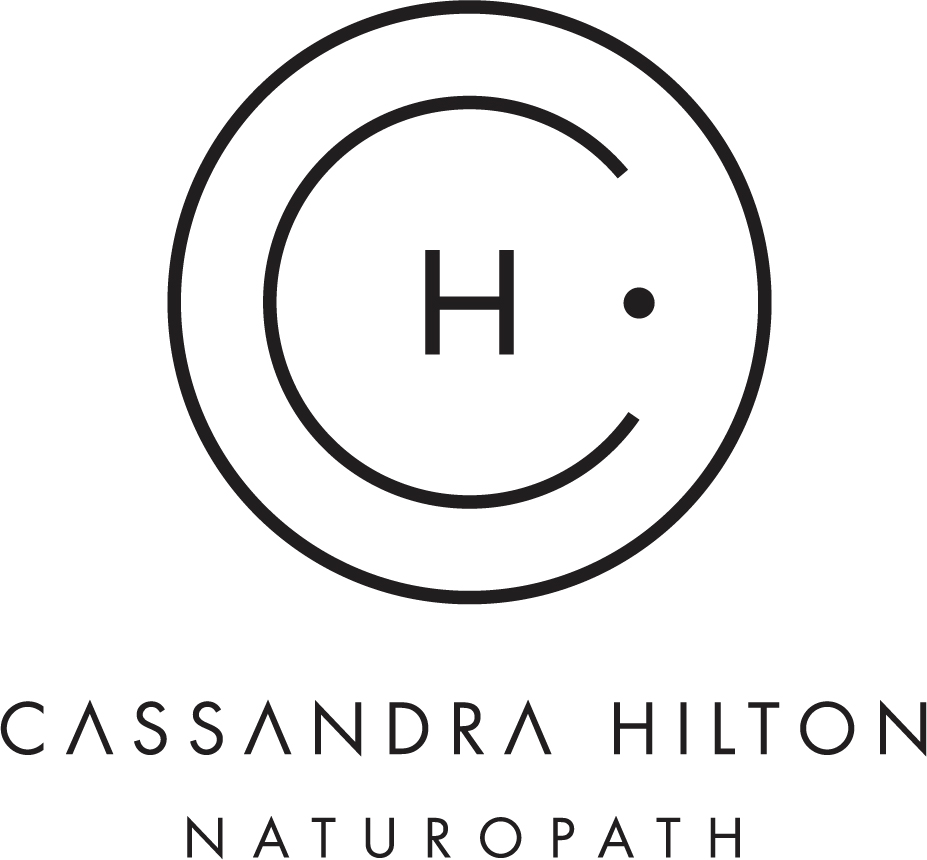Post Oral Contraceptive Pill and Acne
So you have decided to come off the pill..
For many women the impetus for coming off the pill is often the desire to return to a natural menstrual cycle, to reduce unwanted side effects associated with the pill or to kick-start the baby-making process.
The euphoric side effect of the pill is glowing skin as it successfully suppresses the sex hormone androgen and reduces the follicles oil production. When you cease the pill the body experiences a rebound effect of rising androgens, increased oil production and virulent acne breakouts that last for months; hence why you have been putting it off!
With a little preparation before coming off the pill you can make a smoother transition and reduce the severity of acne breakouts as the body attempts to regain its hormonal symphony. Commence the process face on like you would preparing for a detox or exercise regime, and the earlier the better.
Your bathroom cabinets and beauty drawers are an obvious place to begin to identify thick creams, mineral oils and heavy make-up that will clog pores. Instead opt for lightweight options with lotion or serum textures and where possible avoid the use of heavy makeup.
The more simple and gentle you can keep your skincare regimes the better. Tingling or burning irritated skin is not a sign of a products effectiveness. In fact the side effects of these sensitising products have been shown to aggravate acne skin.
Avoid over-cleansing skin, that includes the use of abrasive exfoliants and harsh cleansing brushes. Acne is not associated with dirty skin or the need to provide pores with a “deep clean”, in fact the over cleansing will aggravate and strip the skin of moisture leading to the skin increasing oil production to compensate for the disruption of a healthy skin barrier. A water soluble cleanser with AHA's is effective enough to remove debris and contaminants but gentle enough to clean pores without stripping or aggravating skin.
You have probably heard that eating certain “bad” foods can actually make acne worse. But is there any truth to the anti-acne diet? Certain food groups such as dairy, including milk chocolate and processed sugars causes spikes in insulin, increasing both inflammation and oil production. Reducing or eliminating these foods temporarily will fast track you onto clear healthy skin.
One of the medically recognised side effects of the oral contraceptive pill is nutrient depletion of key B -vitamins, antioxidants and minerals. It is these same nutrients including omega three fatty acids that science agrees are beneficial to healthy skin. Antioxidant supplements especially Vitamin A, C, Zinc and E are vital for skin healing and regeneration. Eating a whole-foods based diet with ample leafy green vegetables, low GI fruits, nuts, seeds, fish and lean protein will assist to reduce the severity and incidence of acne while benefiting your overall health. Dairy intake has been associated with increasing the severity of acne, it might be worthwhile finding alternative such as oat or almond milk until inflammation has resolved and healing begins.
Being armed with knowledge and an understanding of your skin will make selecting skincare products to reduce acne less of a minefield. While you can go to specific anti-acne products, understanding what key ingredients will act specifically to address acne without aggravating or sensitising skin further is the key.
Retinoids (Vitamin A) are the primary recommended treatment used by dermatologists to treat acne. This is because retinol effectively stimulates cell renewal, removing dead cells from pores and reducing the formation of bacteria. As a major antioxidant they also block inflammatory pathways that lead to precursor acne lesions, the invisible lesions that you can feel under skin that will eventually develop into acne.
Due to the sun sensitivity associated with Vitamin A, it the perfect anti-dote for night-time repair and one of your best defenses topically against acne. If you are new to Vitamin A commence at 0.5% and work your way towards 1% topical application which is the maximum that can be achieved in over the counter cosmetics.
When it comes to hydroxy acids, AHA’s such as lactic and glcyolic acids are water soluble acids that act as exfoliants to accelerate cell turnover by gently dissolving the bonds that hold together skin cells, encouraging healthy new cells to form. BHA’s such as salicylic acids are oil soluble making them beneficial for oily/acne skin where they also act as anti-bacterial agents, reducing the bacteria associated with acne. BHA’s are the ingredients used in chemical peels at high percentages to deeply exfoliate skin. The UV effects of BHA’s on skin sensitivity needs to be considered for long term use.
Vitamin B3 (niacinamide) came into the spotlight a few years ago after clinical trials demonstrated it to be more effective than clindamycin, a topical antibiotic treatment used for acne. It normalises skins behaviour to inflammation, which is the leading cause of acne. Niacinamide naturally occurs within the skins matrix and communicates on a cellular level kickstarting a series of enzyme reactions to repair damaged skin.
